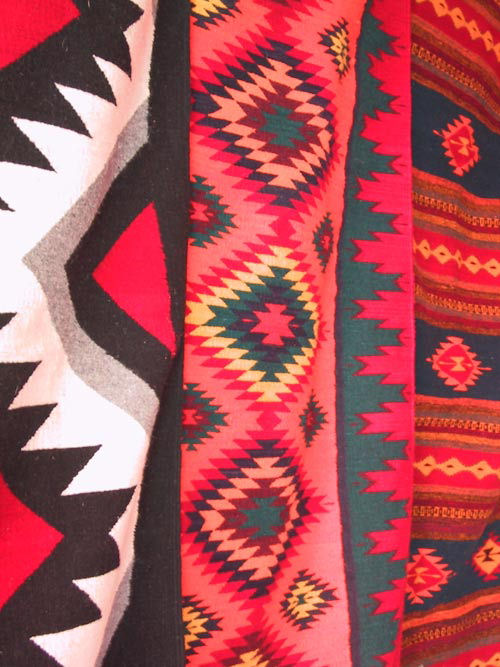Free Home Decor Projects

The Basics of Using Patterns in Home Decorating
article provided courtesy of the artists at PebbleZ.com
Pattern refers to the way colors lines and textures are arranged in an object. While the word pattern generally refers to something which repeats itself, such as a checkerboard, in decorating terms it can just refer to the layout of design elements, and can be quite chaotic, such as in a floral pattern.
In decorating, patterns can be used for several purposes.
- You can use it to create a focal point in a room.
- You can use it to create a theme throughout a space
- It can add interest to an otherwise dull space
- Or you can use it to reproduce a particular historical style
Traditional patterns are generally taken from historical decorating schemes. Chintz is often associated with English decorating, while calico patterns have a strong association with country style. Contemporary patterns are being designed everyday, but are usually based roughly on traditional ideas.
Picking Patterns
When choosing a pattern, some people start by falling in love. If you find a furnishing with a certain pattern that you adore, you can make it the basis for an entire room, or home. The pattern itself should suggest complimentary patterns to use, and the colors within it will tell you what colors to use in background pieces.
Other people prefer to have a plan. Maybe you are trying to recreate a traditional look, or maybe you are trying to achieve a specific ambience. Whatever your goal, you should remember the following tips when panning your strategy.
- Small rooms should use smaller more intricate patterns, which will fill the space with more interest
- Large rooms should use grand patterns, that stretch out throughout the space and keep the room in proportion
- Use your patterns to add interest to places that lack architectural features.
- Make sure your pattern is matched to the style of the houses architecture. If your home is a grand old Victorian you don’t want to create a confusing décor with contemporary silver geometric lines.
You can use some patterns on everything in a room, the walls, furnishings, floors, and accessories. However the room will be immersed in the very particular ambiance created by the pattern, so be careful of overwhelming yourself with anything you won’t love for a long time.
Traditional pattern decorating is done with a single pattern, being matched against a solid background. In this way a boring white room is given vibrant life by a series of brightly upholstered chairs.
Mixing patterns with different colors and with other patterns can be a little tricky. You have to both create harmony between all of the different colors, and create contrast to give the space interest.
- Mixing patterns is tough! Start with just one or two, decide how you feel about them together, and then add more.
- Try to maintain one dominant pattern, and let the others act as support.
- Use patterns which have a single consistent color that runs through all of them
When working with patterns, many people find it useful to use a board, and samples of the various patterns, to get an idea for how they feel together. You can use samples of cloth from the store, matched with paint chips, and magazine clippings. Set several patterns up together, and then leave them on the board for a couple of days, so you can see how you really react to them.
The most important thing when using pattern is to be willing to change your mind. If a pattern doesn’t feel right, or stops feeling right after a time, then you have to get rid of it. Patterns can create powerful feelings in a space, and you have to pay attention and be aware of those feelings in order to control the ambience of the room.
This article provided courtesy of the artists at PebbleZ.com

